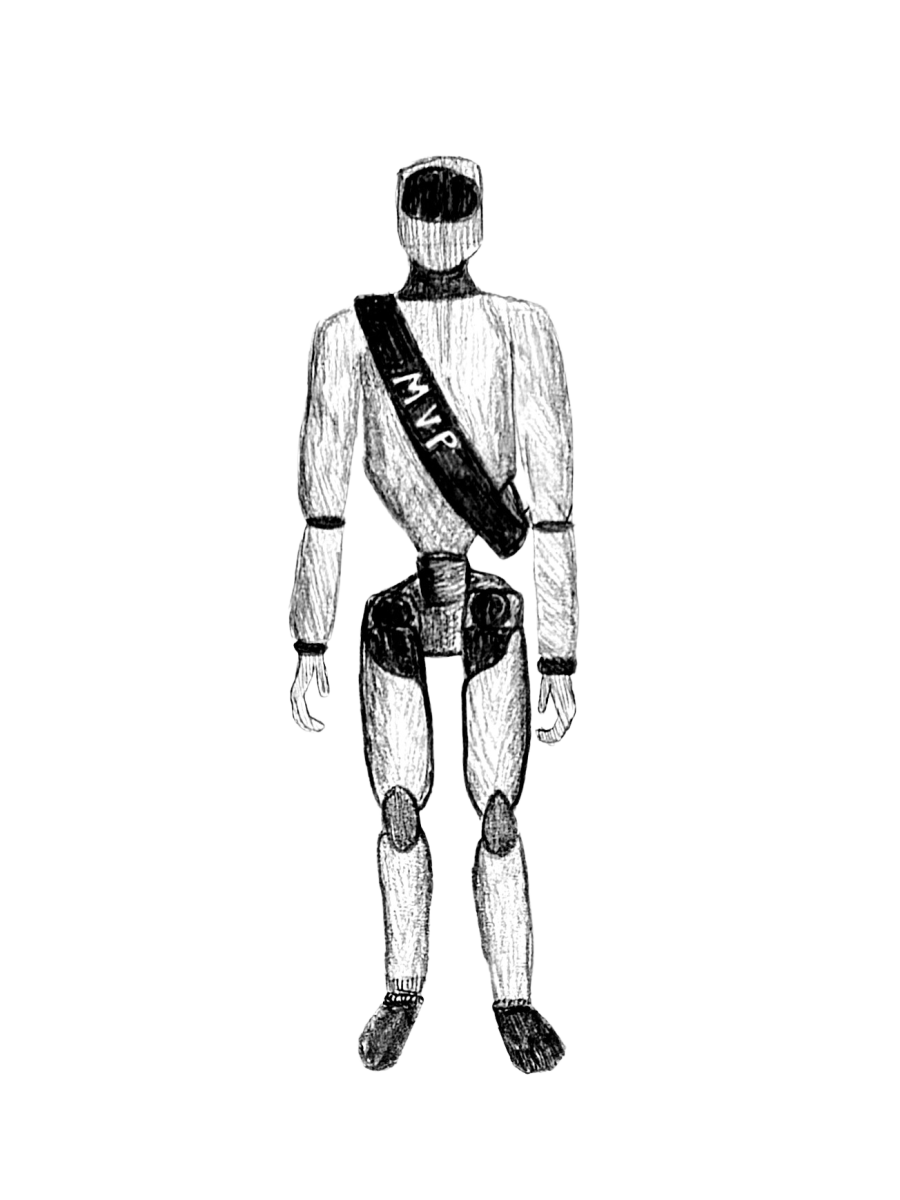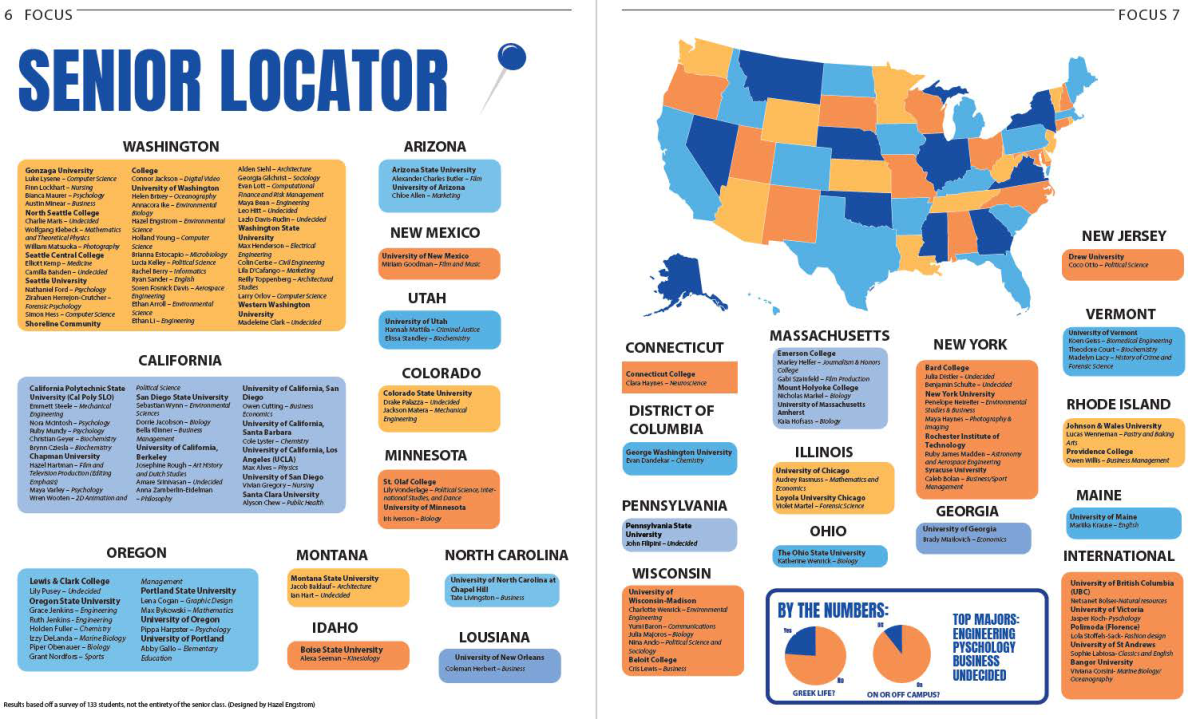A total solar eclipse occurred in the United States on April 8 2024, the only total eclipse that will happen until August of 2044. The path of totality crossed through 15 states, including New York, Pennsylvania, and Texas, with as many as four million people across the United States traveling to see this astrological event.
However, only some states experienced a fully dark sky, while others were barely in the path of totality.
Science teacher Aaron Chamberlin, who went to see the eclipse himself, commented on the process behind the event and provided context for its importance.
“A Total Solar Eclipse is when the moon goes in between the sun and the Earth in perfect alignment,” Chamberlin said. “The sun is blocked out except for a corona that you can usually not see.”
Due to Seattle’s position on the globe, one could see the full moon’s partial coverage of the sun, but not the corona –or white beams coming from the sun’s outermost atmosphere –that would appear in the event of a total eclipse.
“You could still see it somewhat from Ballard,” Chamberlin said. “You could see about 15 percent to 20 percent of the eclipse.”
Junior and member of Astronomy Club, Wolfgang Klebeck, like Chamberlin, traveled to see the eclipse in its totality.
“From Austin Texas we drove up to Waco to get the best view of it,” Klebeck said. “You could still see the brightness of the sun, but in one instant the moon covered it.”
However, while a total Solar Eclipse might receive the most notoriety and foot traffic, there are other types of eclipses that take place more often than solar ones.
“I believe there is a form of the eclipse each year,” Chamberlin said. “Just the angles from the positioning of the sun and moon in relation to the Earth don’t always line up correctly.”
Lunar eclipses similarly involve the positioning of the sun, moon and Earth. This eclipse can also be total or partial.
“A lunar eclipse is when the Earth is in between the the sun and the moon,” Chamberlin said. “The coloration we see in the moon happens because the Moon is in the Earth’s shadow.”
Because of the way the sun interacts with the Earth’s atmosphere, in a total lunar eclipse light reflects onto the moon while it’s within the Earth’s shadow, giving it a reddish color. This event is also sometimes referred to as a blood moon. The Earth’s size in proportion to the moon can serve as an explanation for their frequency.
“The Earth is much bigger than the moon,” Chamberlin said. “So Lunar Eclipses happen more often than solar ones.”
Regardless of the type, eclipses, which often elicit more Nation-wide traveling than during the Super Bowl, are events that garner mass intrigue and attention.
“We watched the eclipse surrounded by a few hundred people,” Klebeck said. “It was really cool.”






















